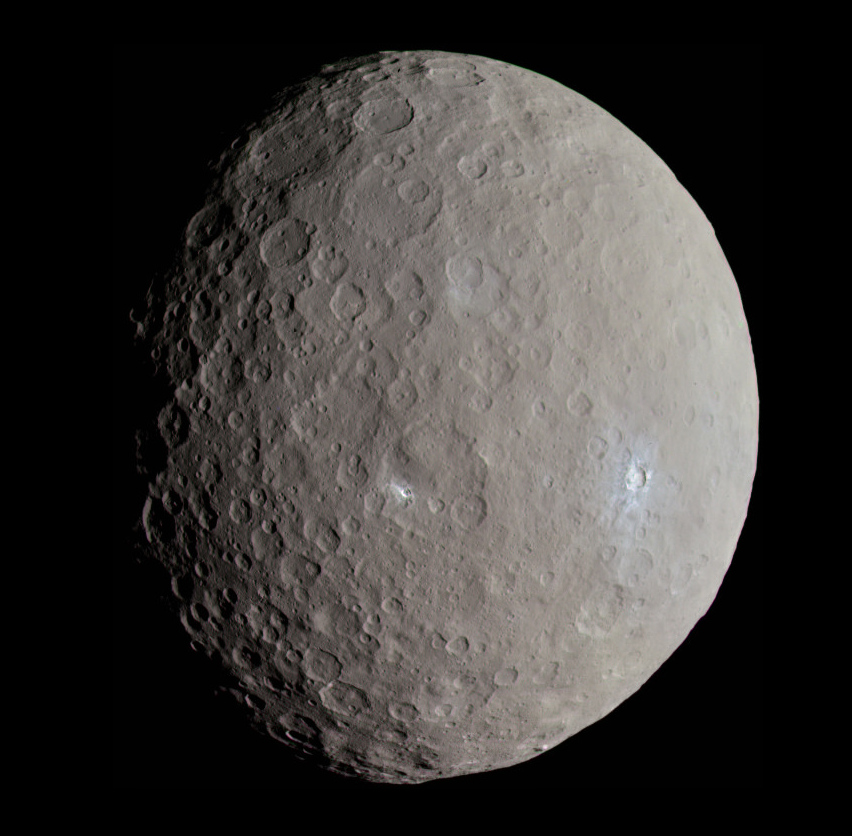1. The gravitational potential at the Earth's surface is about -60 MJ kg-1 . The work done in lifting a 2kg mass into deep space away from the Earth is therefore:
|
||||||||||||||||||
2. A planet that is twice as massive as the Earth but only has 1/2 the radius will therefore have a gravitational potential at the surface of about ...
|
||||||||||||||||||
3. Which of these statements about the magnitude of the gravitational field strength at any point is true?
|
||||||||||||||||||
4. Which of these diagrams best shows the shape of equipotential surfaces around two identical binary stars?
|
||||||||||||||||||
5. Two objects of mass m and 2m are located at distances r and 2r from a planet as shown.
|
||||||||||||||||||
|
||||||||||||||||||
6. A satellite lands on a small spherical asteroid. To escape the pull of gravity of the asteroid on the return journey, the satellite needs to be launched with a certain escape velocity. Data for the launch is available, including:
|
 image: nasa.gov |
|||||||||||||||||
Which of these 3 factors affects the escape velocity of the satellite?
|
||||||||||||||||||
7. To stay in a circular orbit of radius r around the Earth, a satellite of mass m has a potential energy of Ep. If the satellite now moves into a higher orbit of radius 2r, the potential energy..
|
||||||||||||||||||
8. When in orbit, how is the gravitational potential energy (Ep) of a satellite related to the kinetic energy (Ek)?
|
||||||||||||||||||
9. As the satellite moves into a higher orbit, how does the total energy and the kinetic energy change?
|
||||||||||||||||||